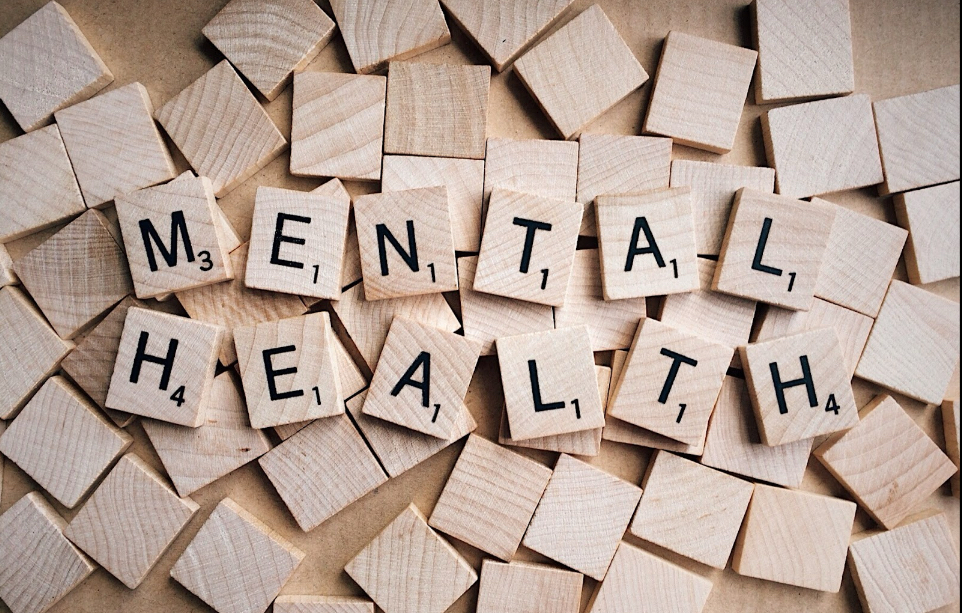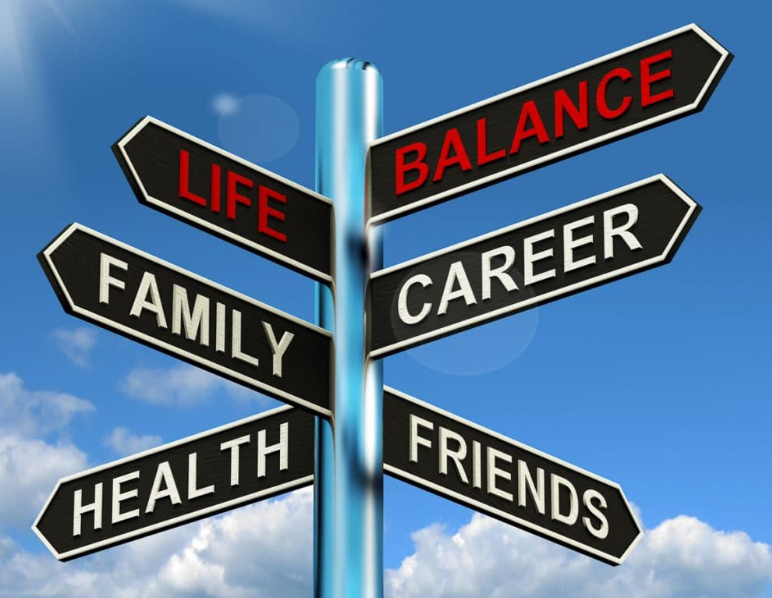Mental health is a term that you’ve likely heard before. It’s tossed around on social media, making headlines in newspapers and often a theme in many popular movies and novels. Even though we are seeing this phrase constantly throughout our society, many people are unaware of what it means, and how it affects themselves and others. Mental health is someone’s psychological state of being, or more simply, their general emotional experience of life. Everyone has a certain state of mental health at a given time, which can change depending on their predisposition to certain emotions, their circumstances and their experiences.
Terms that are mentioned along with mental health, such as mental illness, therapy, hospitalization, trauma and treatment are often extremely stigmatized and, frankly, scary to talk about. There is a disconnect between the knowledge that good mental health is essential to thriving in our society and the awkwardness of talking about things that may be deemed as crazy or weird by others. This disconnect contributes not only to the crisis that we see in people of all ages today dealing with long-lasting periods of sadness and distress but also to the rising rates of unhealthy behaviors and suicide. Social media perpetuates this disconnect with unrealistic highlight reels of people’s lives, the academic system contributes to anxiety and depression in young people and treatment for these situations is expensive and inaccessible for too many.
In 2022, 13.1 million people seriously considered suicide, 3.8 million made a plan and 1.8 million attempted. If these numbers feel devastating to you, they should. It is crushing that so many people have experienced life in this way, and it can feel too overwhelming for there to be anything we can do about it. However, no matter the number of people who deal with mental illness, no matter how many people are actively waiting for (or don’t believe they deserve) treatment, there are people out there who are waiting for someone who cares. There are people who need to know that they are not alone, who need to know that there is help available and who need to know that they deserve that help. So, even though these conversations can be uncomfortable, awareness is essential to our understanding of mental health and getting support to those in need.
For many, the school year can be an extremely stressful time. Assignments, tests and extracurricular activities are just some of the burdens placed on students. Over time, they can compound into a dangerous cycle of burnout, which can even lead to depression. Currently, there is a mental health crisis amongst students, with suicide rates rocketing in just the past year. So what does school have to do with this?
Especially at Township, there is constant pressure for students to perform. It is incredibly draining over time, and may even leave a student feeling worthless if they didn’t achieve the grade they were hoping for. Eventually, the student may reach a point of burnout, something detrimental to a student’s mental and physical well-being.
A student’s value should not be found in a grade they receive on a standardized test, yet that is how the school system is set up. How can the worth of any individual be boiled down to how they perform on a test? It’s ludicrous. Yet, it’s how many feel. When someone performs poorly on a test, they may find themselves spiraling into a cycle of how their worth as a person has decreased, simply because of a test grade. If this is what is being taught by teachers and administrators to multiple generations of students, of course there’s a mental health crisis! Our worth should not be dependent on whether we achieve a high score on a standardized test or not. It is important to remember that students are more than just numbers. We must not lose sight of that.
In some cases, after a certain amount of poor test grades in a subject, a student may lose the motivation to attempt to learn the material in the first place. Since school is supposed to be about learning, this is entirely backward. Learning is not simply regurgitating information and discarding it after a test, which is how the American school system is formatted, and a student should not feel worthless if they aren’t able to live up to these expectations and pressures. The current formatting schools provide students with is not conducive to positive mental well-being. If school is meant to be a place where students can feel safe to learn without being judged by students and teachers, then why are some teachers so fixated on their students performing well, instead of their mental well-being?
While poor test grades and burnout greatly impact a student’s mental health, it’s impossible to learn and test when a student is struggling emotionally. However, mental health days are often impossible to take. With the amount of pressure placed on students to perform, many may feel as if it is more important to simply attend a day of school, increasing exhaustion and burnout, than to take a much-needed respite. Sure, Township offers no-homework weekends, but the general consensus is that they don’t do much. Work is piled on students no matter if the weekend is labeled as ‘no-homework’ or not, and tests occur whether a student is mentally in the headspace to perform or not. Academic achievement may be important, but a student’s mental health should be prioritized and valued more than their achievements.
The school system should be more conducive to student’s mental well-being. If a student’s mental health is in an improved state, then surely they will be more willing and interested in learning. Ultimately, more teachers should be more understanding of the ongoing mental health crisis amongst students. This can start with small steps, such as teachers offering more than a week to complete tests if a student is absent, allowing them to adequately recover and prepare for the test. In turn, school districts should allow students to take mental health days when needed, without the added stress of tests they’ll have to complete upon their return.
While school has the potential to negatively impact mental health, social media is also a key contributor to poor mental health. Not only are social media platforms addictive, they may also contribute to feelings of isolation and insecurity within an individual.
Social media is designed to be addictive. Each time a notification goes off, dopamine is triggered in the brain, causing a potentially addictive pattern of dopamine release. This is a problem. Social media should be an innocent way to relax and spend time catching up with friends and family; however, its addictive nature can lead to spending hours ‘doom scrolling,’ leading to not only a decrease in productivity but also in self-esteem. While it isn’t the technology itself that causes the addiction, it’s the companies who target the dopamine cycle in the brain, and through that cycle can create an environment where low self-esteem is more likely to be prevalent.
Seeing other people who appear to be happier, more attractive and more well-liked than us can leave us feeling as if we’re not enough. However, it is important to remember that social media is truly just a highlight reel. We can’t live up to what’s posted online, and many influencers capitalize off that fact. Most people don’t use these platforms to share their personal lives, so it’s hard to get an accurate grasp on who a person truly is solely from seeing them online.
The bottom line is that you truly never know when someone is struggling, and social media only exacerbates this. Just remember that you are enough as you are, and social media does not define your worth–you do.
















